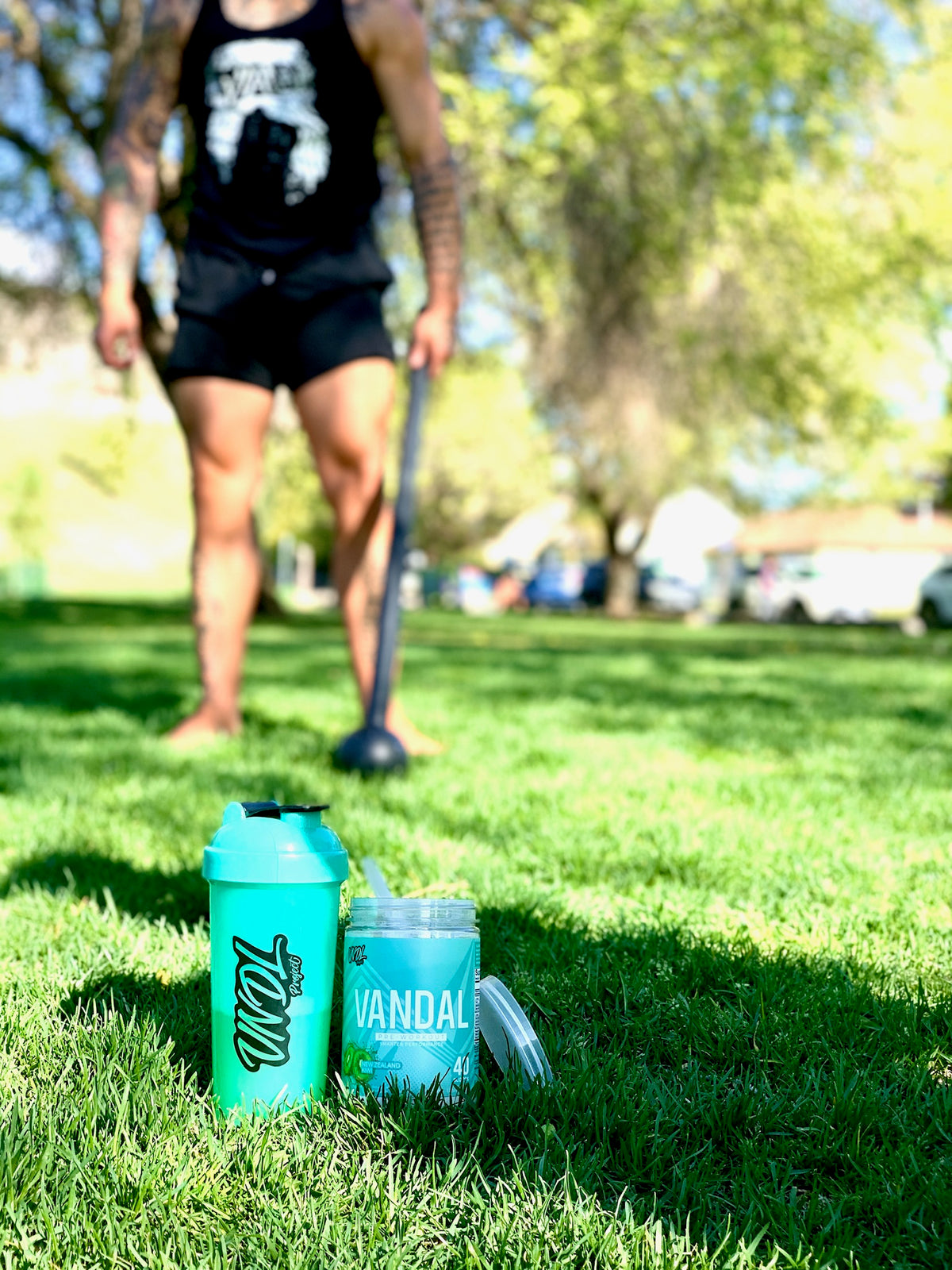Your Cart is Empty

Today we’re doing to discuss what I like to call “The acetylcholine pathway trifecta”
A crucial component of any good nootropic is the acetylcholine pathways since increased acetylcholine levels are correlated to increased focus, memory, and so forth. The three key ingredients we’ll talk about are Alpha GPC (or any other choline donor), Acetyl-l-carnitine (ALCAR), and Huperzine a.
For Acetyl-l-carnitine (which we will refer to as ALCAR from now on), first, we have the following reaction:
acetyl-CoA + carnitine ⇌ CoA + acetylcarnitine
The acetyl moiety is accepted by the carnitine molecule, and becomes ALCAR, which then moves into the cytosol. This helps increase levels of acetylcholine in the brain due to the increased choline acetyltransferase activity.

Alpha-GPC, a choline source that acts as an acetylcholine (ACh) precursor and readily crosses the blood brain carrier, supplying rapid delivery of choline.

Huperzine A is an acetylcholinesterase inhibitor, which means it inhibits the enzyme that breaks down acetylcholine in places like the synaptic cleft (think of it as a gathering place of molecules).

Through the usage of the acetylcholine pathway trifecta, not only are you getting increased levels of Ach, but you are also preventing degradation of ACh in the synaptic cleft, while also increasing choline acetyltransferase activity. Talk about a triple whammy.

L-Tyrosine is an amino acid found that is involved in the production of neurotransmitters like dopamine, adrenaline, and noradrenaline. Through some studies on humans, Tyrosine has evidence showing it can improve the mood and performance of individuals under stressful conditions, improve working memory, and reduce the effects of stress and fatigue on cognitive exhausting tasks.

